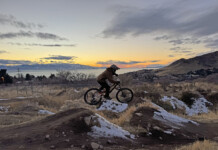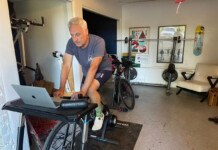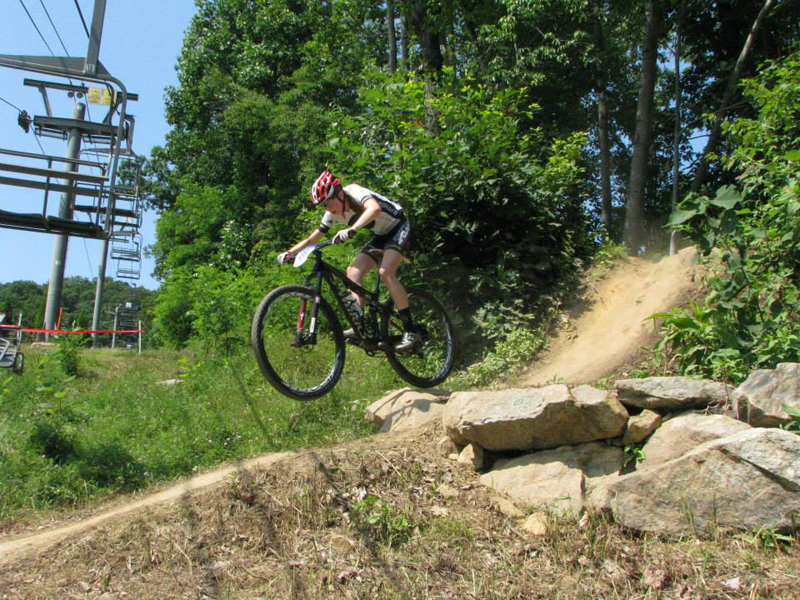By Art O’Connor with Mark Deterline — The most common question I get is, “Should I be weight training as an endurance athlete?” I usually answer it with the following questions:
Can you:
- Deadlift 1.5x your body weight?
- Do 10 pull-ups as a male, or 5 as a female?
- Do 20 push-ups in a row as a male, or 10 as a female?
If the answer is no to any of these, then you should get in the gym ASAP.
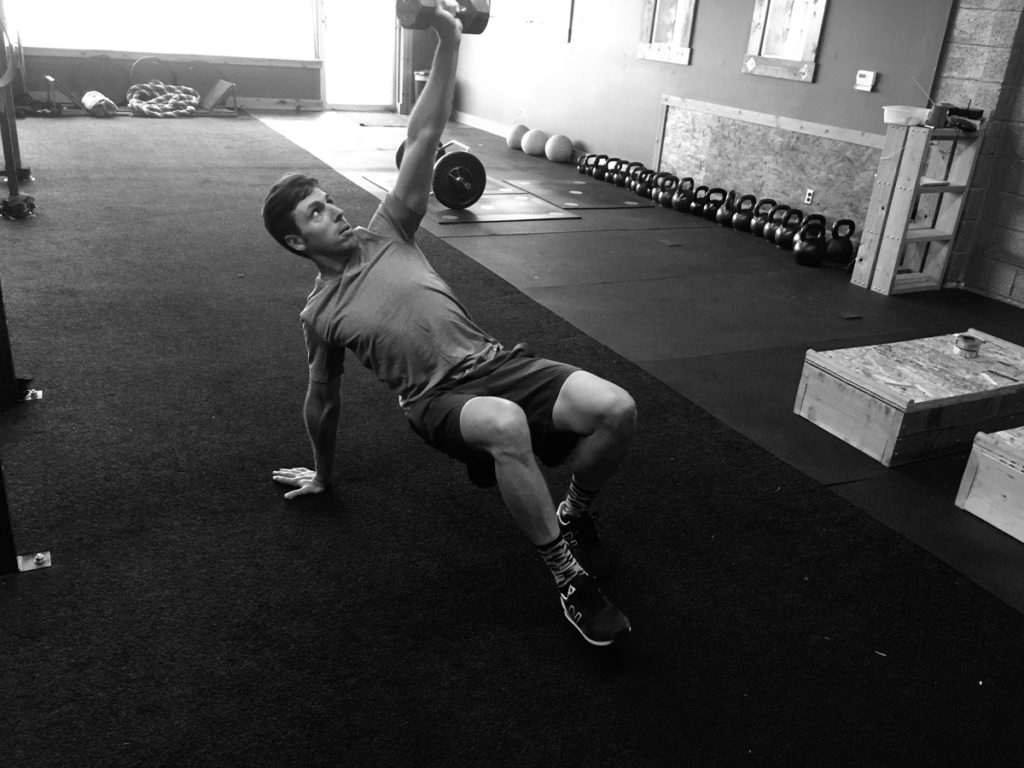
These standards are all achievable assuming no pre-existing injuries, and are really bare minimum standards to being “strong enough”.
All of the athletes I work with have hit the deadlift standard with most at 2x by the end of a 12-week cycle. The pull-up standard is debatable for the pure road cyclist, but each will benefit from the shoulder stability and injury prevention that will be by-products of the strength needed to achieve them. We are training to be endurance athletes, not power lifters, so building strength much beyond these levels will usually require more specific training that will take away from bike or run time. Masters athletes, who by the cruel process of aging, start losing muscle after age 40, and female athletes of all ages, in particular, benefit greatly from a well-structured strength plan.
Being strong is never a bad thing. Endurance athletes in any sport will benefit from a well-designed strength training plan.
There are 3 populations in particular in which strength training should be mandatory:
- Masters athletes, who start losing muscle after age 40. Study after study confirms that the only way to slow this process is with resistance training.
- Use it or lose it. Female athletes naturally do not have the same amount of muscle mass or natural strength that their male counterparts have. Women do however possess a natural edge when it comes to endurance. Throw in some strength training and now you have an optimized athlete who is not “strong for a girl” — they are flat out strong!
- Finally the time crunched athlete (likely everyone reading this). If you are riding 20+ hours a week then fitting in a dedicated strength plan, it becomes more of a challenge of recovery and time management. That said, even professional riders are now doing some form of gym work, at least in the off season. For the rest of us, we simply can’t develop the specific strength needed to become better athletes on an 8-hour training week. You need to get as strong as possible in the gym to get the most out of your available training time.
Team Sky is famous for its marginal gains approach to racing. Strength training is a perfect example of this. I wish I could say that a 2x body weight deadlift will translate in to a sub-50 minute time up Snowbird, but it won’t. What added strength will do is make you more efficient at getting power to the pedals when you really need it.
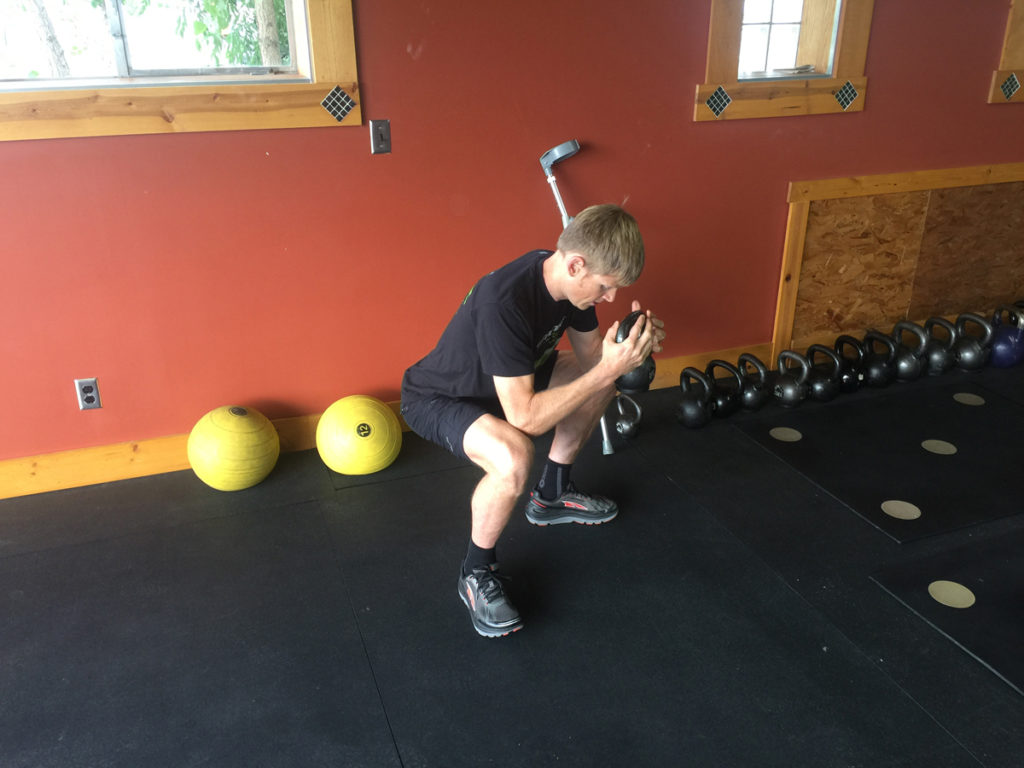
Most reasonably fit people with no weight training experience could get in a leg press machine and press 300lbs. Our legs are crazy strong, but most of us can not apply that strength.
Take that same 300lbs on a barbell and try to do a squat. If you even got it off the rack, you would likely get hurt very badly if you attempted to squat it, right? That is because you have not developed the supporting musculature to effectively use the natural strength in your legs. When you are in a leg press machine, your legs are isolated and you are pressing against a stable platform. On a bike, you have to create those platforms through your connection to the bike (grip) and your core strength. The stronger they are, the more power you will be able to put into your pedals.
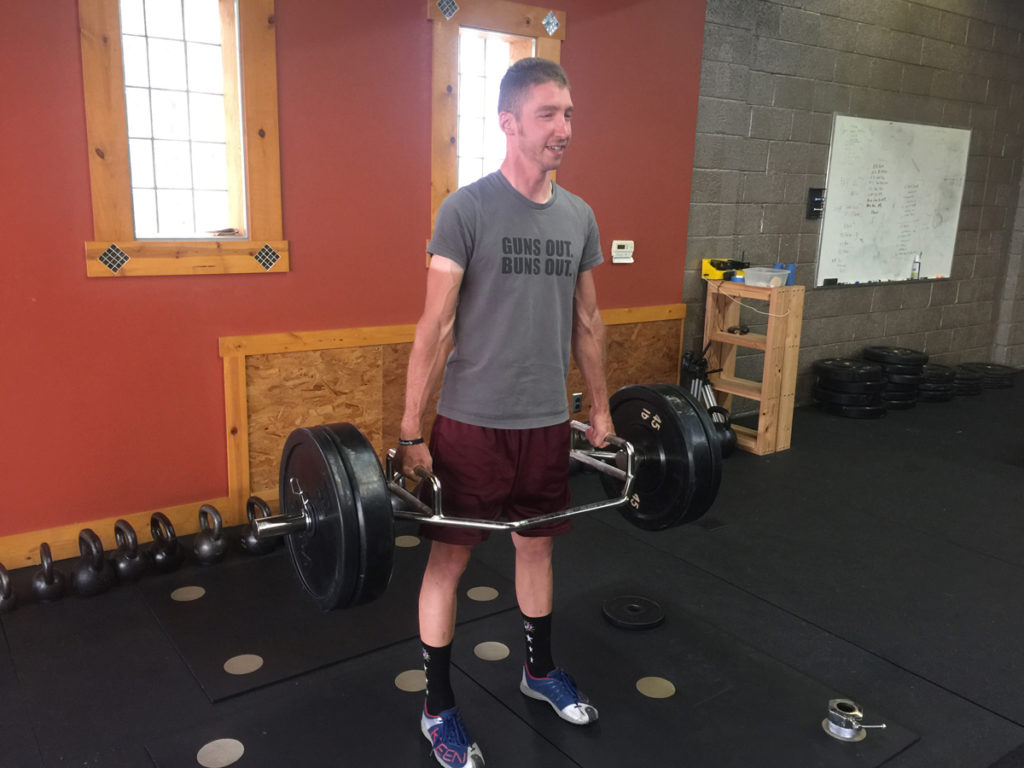
See a theme in the exercises above? Dead lifts and pull-ups both demand (and build) a bone crushing grip and a rock solid core. A stronger athlete will tend to be more durable as well. Nino Schurter and his strength coach do a lot of structural work on the shoulders to help keep them intact during the inevitable crashes a MTB racer will have.
The next thing I get is, “I don’t want to bulk up”. If only it were that easy.
Even people who lift to try to bulk up have to work very hard to gain mass. Most weight gain I see in the off season is due to curls of the 12-16oz kind and too many visits to the dessert tray. If you are still riding and your diet does not go off the rails, you will not be bulking up. The goal of a well-designed strength plan is to get you as strong as humanly possible at the same body weight (or ideally lighter body weight). This is where program design comes in.
The most important thing to keep in mind is that your gym time is not a conditioning plan. That is what your bike or runs are for. You are at the gym to get strong – in and out in under an hour.
The idea that endurance athletes should do low weight/high reps is fundamentally flawed. Pedaling a bike is a low weight/high rep workout, running is a low weight/high rep workout. Doing the same thing in the gym is just piling on volume for no reason. We are training for absolute strength and power in the gym.
After a 4-8 week transition period of training to get our joints and connective tissue ready for the real work, we then start to train with the same principals Olympic weight lifters use. For reference, Olympic lifters compete in weight categories and unlike fighters they do not cut weight before competition. As a result, their goals are similar to a cyclist’s in the gym: Get very strong and don’t “bulk up”.
How do we do this? Extremely heavy weight, low reps, and long rest periods between sets.
A typical session will have one main complex lift like a front squat or a deadlift. Weight will be 80% or more of an athlete’s 1 Rep Max (RM) for 3-5 reps, with sometimes as much as 5 minutes rest between sets. Once this is completed, we move on to the supplemental exercises to complete the session.
For the novice lifter, I highly recommend seeking out a qualified coach to teach you these lifts and methods. Due to the heavy weights involved, your technique needs to be flawless. Done right, they are powerful tools that can make you a better athlete. Done wrong they can end your season before it even starts.
Safety note: Beginning lifters should never test for a 1 Rep Max. The risk-reward-ratio is just not there. I use an estimated 1 RM based on 3-5 rep tests. Only when I am 100% confident of an athlete’s technique will I let them try a 1 Rep Max test.
See you in the gym!
Assistant editor’s note: It’s worth mentioning that the author wrote his own bio for the article, which follows. We thought it made sense to leave as-is to show the author’s personality:
Art O’Connor is a cycling and strength coach in Salt Lake City with a degree in Exercise and Sport Science from the University of Utah. He won a few big races back in the day and now won’t shut up about it. wukarfit@gmail.com
Find out more at wukarfit.com

